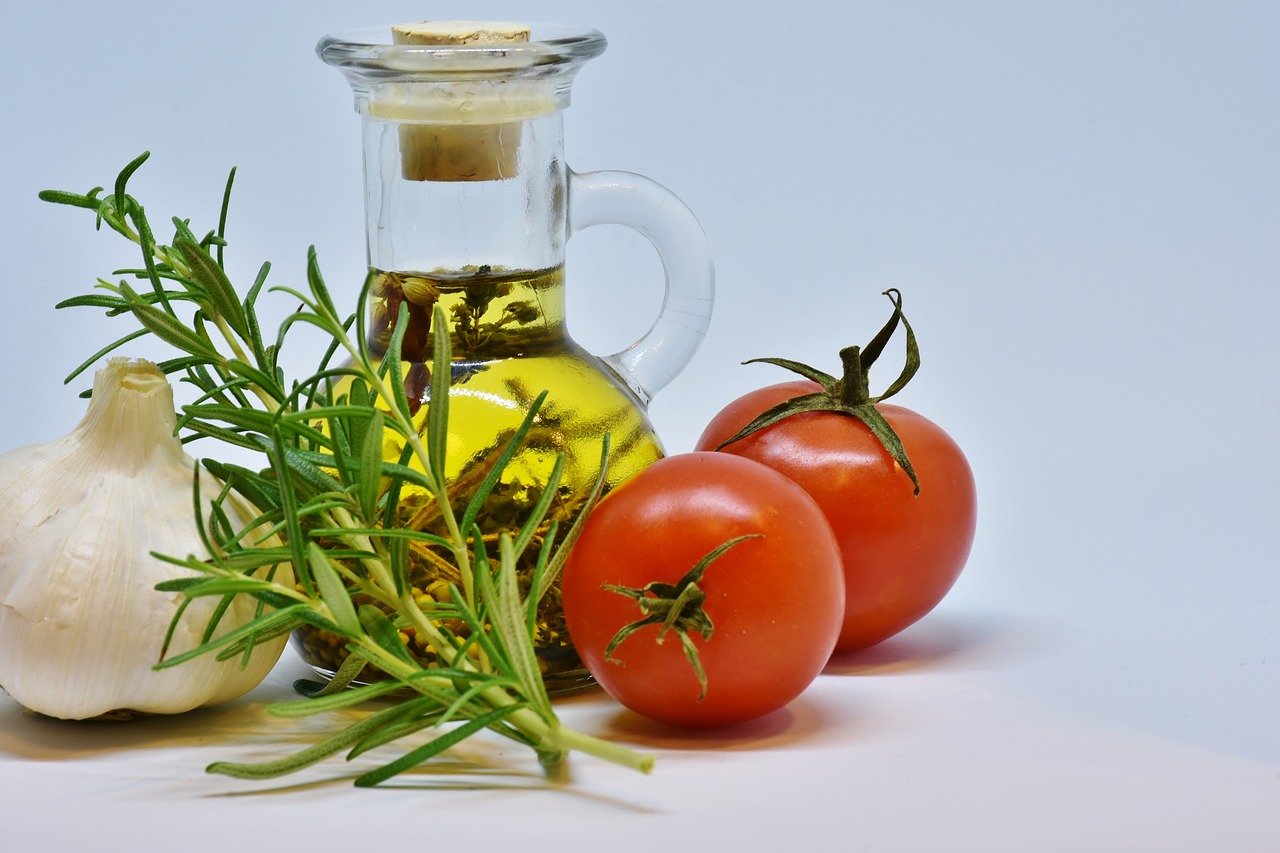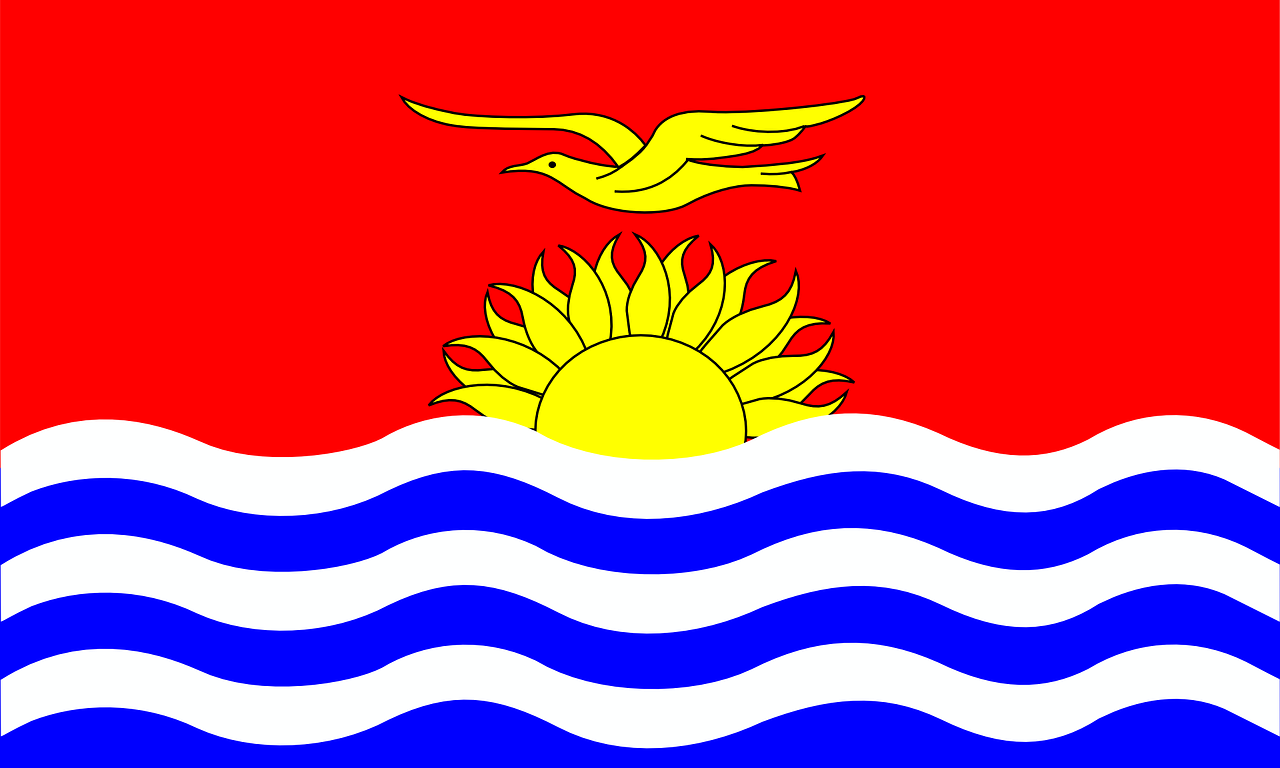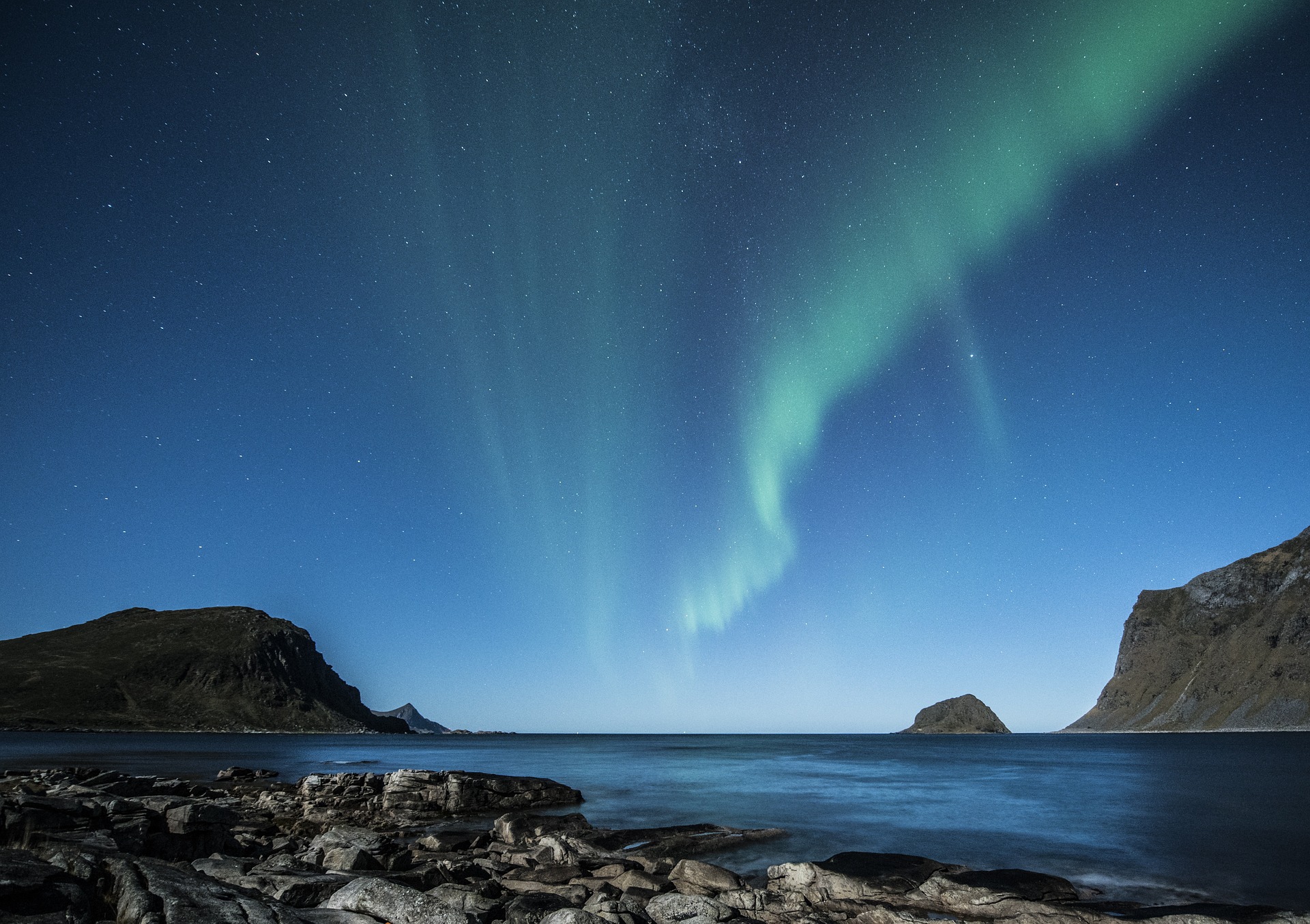In an era where the world feels smaller than ever, globalization has had a profound impact on many aspects of our lives, especially in the culinary world. The ease of international trade and the cross-cultural exchanges fostered by globalization have paved the way for authentic Italian flavors to reach every corner of the globe. Whether you’re savoring a plate of pasta in New York, drizzling olive oil over a salad in Tokyo, or spreading genoa pesto on a sandwich in Sydney, it’s likely that the ingredients have traveled thousands of miles from Italy to your table.
The Rise of Authentic Italian Products in Global Markets
Globalization has revolutionized the way we consume food. No longer are we limited to the local and seasonal produce available in our immediate surroundings. Instead, we have access to a global marketplace where authentic ingredients from all over the world can be delivered to our doorstep. For Italian cuisine lovers, this means that authentic Italian products – from extra virgin olive oil to buffalo ricotta – are now readily available in supermarkets and specialty stores worldwide.
One of the most significant impacts of globalization is the increased accessibility of authentic Italian ingredients. This is particularly important in a world where food is not just sustenance but a cultural experience. People across the globe want to recreate the flavors of Italy in their kitchens, and globalization has made that possible. Italian cuisine, known for its simplicity, relies heavily on the quality of its ingredients. Without globalization, the rich, peppery taste of Tuscan olive oil or the creamy texture of buffalo ricotta would remain elusive to those living outside of Italy.
Olive Oil: The Liquid Gold of Italy
Olive oil is often referred to as “liquid gold” in Italy, and for good reason. It’s a staple in Italian kitchens, used in everything from cooking to dressing salads. The Mediterranean climate, particularly in regions like Tuscany and Puglia, is ideal for olive cultivation, and the olive oils produced there are renowned for their quality and flavor.
Thanks to globalization, Italian olive oil is now a common sight on supermarket shelves around the world. What was once a luxury item is now accessible to millions, allowing home cooks to elevate their dishes with the same high-quality oil used by chefs in Italy. The growth in demand for authentic Italian olive oil has even encouraged sustainable farming practices in Italy, as producers strive to meet global standards while maintaining the traditional methods that make their oil so distinctive.
Pasta: A Global Staple
Pasta is perhaps the most iconic Italian food, and its journey from the Italian countryside to tables across the world is a testament to the power of globalization. Italian pasta is made with durum wheat semolina, which gives it a unique texture and flavor that is hard to replicate with other types of flour. This simple yet versatile ingredient has become a global staple, thanks in large part to the spread of Italian restaurants and the availability of imported Italian products.
Globalization has not only made Italian pasta accessible but has also introduced the world to the wide variety of pasta shapes and types that exist in Italy. From the long, thin strands of spaghetti to the tiny, ear-shaped orecchiette, there’s a pasta shape for every sauce and dish. The global demand for authentic Italian pasta has also spurred innovation, with producers experimenting with new shapes and flavors to cater to international tastes.
Genoa Pesto: The Green Gold
Genoa pesto, or pesto alla Genovese, is another Italian culinary treasure that has gained popularity worldwide. This vibrant green sauce, made from basil, garlic, pine nuts, Parmigiano-Reggiano, and olive oil, is a staple in Ligurian cuisine. The fresh, herbaceous flavor of Genoa pesto is a perfect match for pasta, but it’s also versatile enough to be used in a variety of dishes, from sandwiches to salads.
Thanks to the global reach of Italian cuisine, Genoa pesto is now a familiar flavor to many outside of Italy. Supermarkets and specialty stores across the world stock jars of authentic Italian pesto, allowing consumers to bring the taste of Liguria into their homes. The global demand for pesto has also led to an increase in the cultivation of basil in Italy, ensuring that this essential ingredient remains available for both domestic and international markets.
Buffalo Ricotta: Creamy and Decadent
When it comes to Italian cheeses, buffalo ricotta is in a class of its own. Made from the milk of water buffaloes, this cheese is known for its creamy texture and rich flavor. It’s a key ingredient in many Italian dishes, from stuffed pasta to desserts like cannoli.
Globalization has played a crucial role in introducing buffalo ricotta to the world. What was once a regional specialty is now enjoyed by people from New York to Tokyo. The increased demand for this luxurious cheese has also supported the traditional cheese-making industry in southern Italy, where water buffaloes have been raised for centuries.
The Future of Italian Flavors in a Globalized World
As globalization continues to bring the world closer together, the availability and popularity of authentic Italian flavors are likely to grow. The rise of e-commerce, in particular, has made it easier than ever for consumers to purchase authentic Italian products directly from producers in Italy, ensuring that the flavors they experience are as close to the real thing as possible.
The demand for authenticity in food is a testament to the enduring appeal of Italian cuisine. Whether it’s a bottle of olive oil, a package of pasta, a jar of pesto, or a tub of buffalo ricotta, the world’s love for Italian flavors shows no signs of slowing down. Globalization has not only made these products accessible but has also allowed them to become a part of daily life for people around the world, bringing the taste of Italy to every corner of the globe.
As we continue to embrace the diversity of global cuisines, we can look forward to even more opportunities to enjoy the rich, authentic tastes of Italy, no matter where we are in the world.



